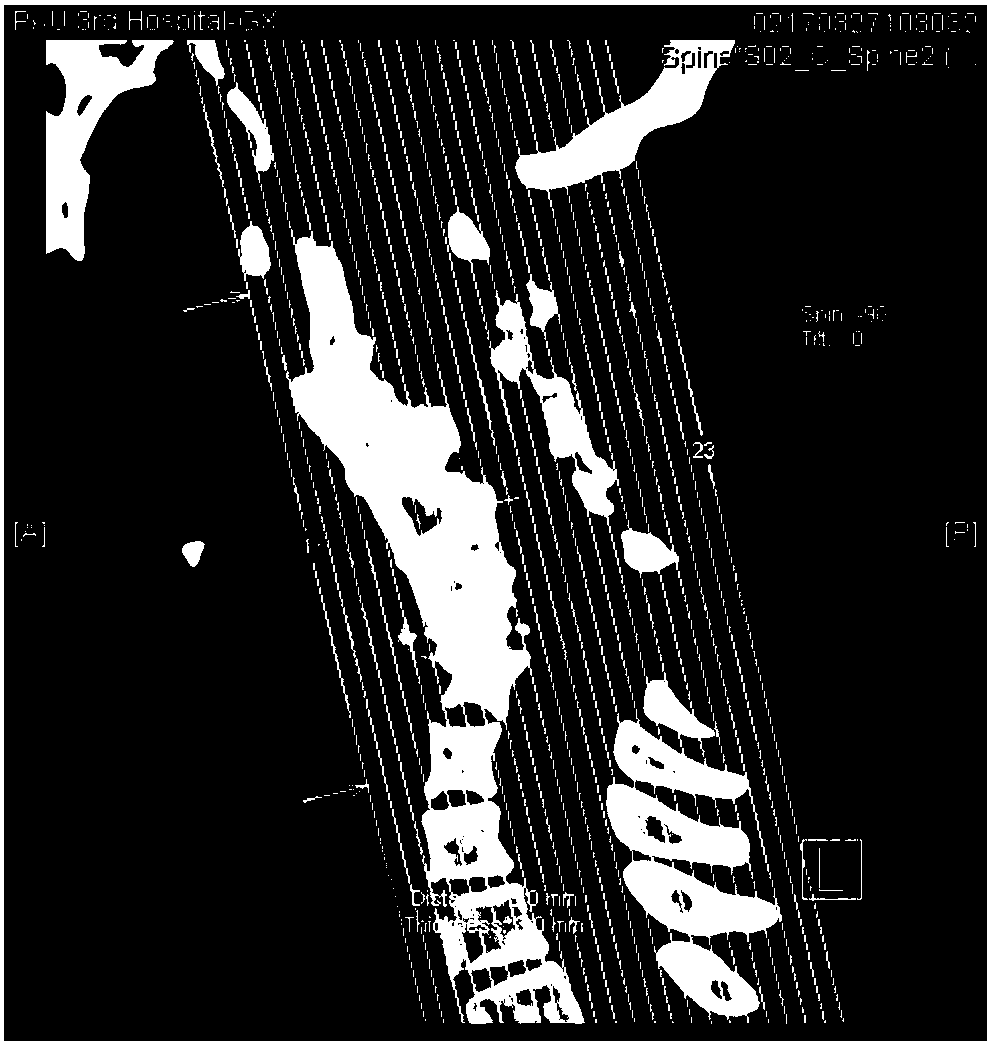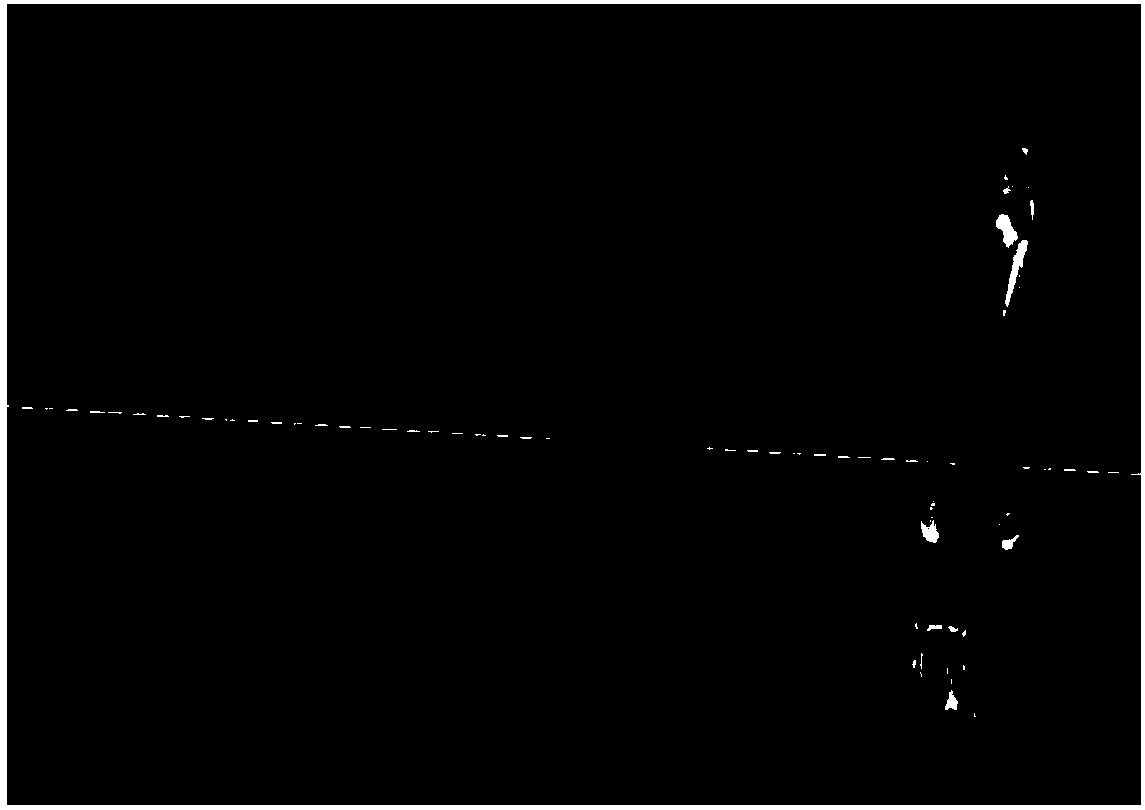Method for preparing 3D printed model of human airway and cervical vertebra
A 3D printing and cervical spine technology, applied in the field of 3D printing, can solve problems such as inability to understand the structure and complex airway structure, and achieve the effects of reducing the discomfort of intubation, facilitating clinical teaching, and improving the success rate of intubation
- Summary
- Abstract
- Description
- Claims
- Application Information
AI Technical Summary
Benefits of technology
Problems solved by technology
Method used
Image
Examples
Embodiment Construction
[0035] The present invention will be further described in detail below in conjunction with the accompanying drawings and specific embodiments. There is no software innovation in the present invention.
[0036] The invention provides a method for preparing a human airway and cervical vertebra 3D printing model, comprising the following steps:
[0037] Step 1. Following the principles of medical ethics, obtain the images and data obtained from the original CT tomography of the patient's intended printing site;
[0038] The image is in Dicom format or JPG format, and the tomogram format and image size must be uniform;
[0039] CT is medical data information, and what 3D printing needs is a closed solid model, so the image is converted through Mimics software.
[0040] Step 2. Carry out three-dimensional reconstruction according to the obtained image and data of the part to be printed;
[0041] What 3D printing needs is a closed solid model, so we need to convert the scanned im...
PUM
 Login to View More
Login to View More Abstract
Description
Claims
Application Information
 Login to View More
Login to View More - R&D
- Intellectual Property
- Life Sciences
- Materials
- Tech Scout
- Unparalleled Data Quality
- Higher Quality Content
- 60% Fewer Hallucinations
Browse by: Latest US Patents, China's latest patents, Technical Efficacy Thesaurus, Application Domain, Technology Topic, Popular Technical Reports.
© 2025 PatSnap. All rights reserved.Legal|Privacy policy|Modern Slavery Act Transparency Statement|Sitemap|About US| Contact US: help@patsnap.com



